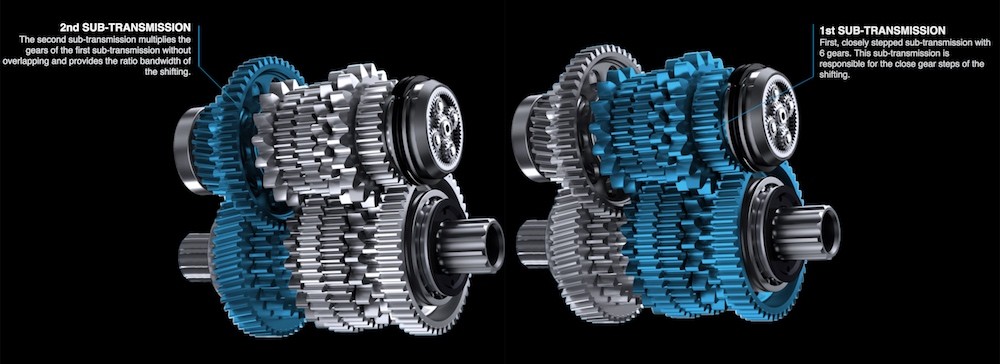While driving, transmission's hydraulics and electronics detect car's speed relative to engine speed, prompting automatic gear shifts. Classic automatic transmissions use hydraulics for this speed sensing.
In the ever-evolving landscape of automotive technology, self-shifting cars have emerged as a prominent innovation. These vehicles, equipped with autonomous transmissions, are revolutionizing the way we drive. In this article, we will explore the inner workings of autonomous transmissions, the technology driving them, and their impact on the future of transportation.
Understanding Autonomous Transmissions:
Autonomous transmissions, also known as self-shifting transmissions or self-shifters, are a type of transmission system that allows a vehicle to change gears automatically without any input from the driver. This technology seamlessly manages gear changes based on factors such as speed, acceleration, load, and road conditions.
How They Work:
- Sensors and Data: Autonomous transmissions rely on an array of sensors, including wheel speed sensors, throttle position sensors, and more. These sensors gather real-time data to analyze the vehicle's operating conditions.
- Control Unit: A central control unit, often powered by advanced artificial intelligence and machine learning algorithms, processes the sensor data. It then determines the optimal gear for the current driving situation.
- Actuators: Actuators, such as solenoids and servos, physically engage and disengage gears. These components are precisely controlled by the control unit to achieve seamless gear changes.
Benefits of Autonomous Transmissions:
- Efficiency: Autonomous transmissions optimize gear changes for maximum fuel efficiency, resulting in better gas mileage and reduced emissions.
- Smoothness: The elimination of human error in gear changes leads to smoother and seamless shifts, enhancing ride comfort.
- Adaptability: Self-shifting cars can quickly adapt to changing driving conditions, ensuring optimal performance in various scenarios.
Challenges and Considerations:
- User Adaptation: As drivers accustomed to manual or traditional automatic transmissions, adapting to self-shifting cars might require a learning curve.
- Maintenance: The intricate electronics and software in autonomous transmissions demand specialized maintenance expertise.
- Dependency on Electronics: The reliance on sensors and complex electronics means any system malfunction could impact the vehicle's performance.
The Road Ahead:
Autonomous transmissions are a key component of the broader shift towards autonomous vehicles. As the technology continues to evolve, we can expect even more sophisticated systems that offer enhanced efficiency, safety, and convenience.
Conclusion:
As self-shifting cars become more prevalent on our roads, understanding the technology behind autonomous transmissions is essential. These transmissions are a testament to the ongoing innovation in the automotive industry, paving the way for safer, more efficient, and ultimately, more enjoyable driving experiences in the future. Embracing this technology means embracing a new era of driving where the car becomes not just a mode of transportation, but a smart partner on the road.

Comments (0)
Please login to join the discussion
Be the first to comment on this article!
Share your thoughts and start the discussion